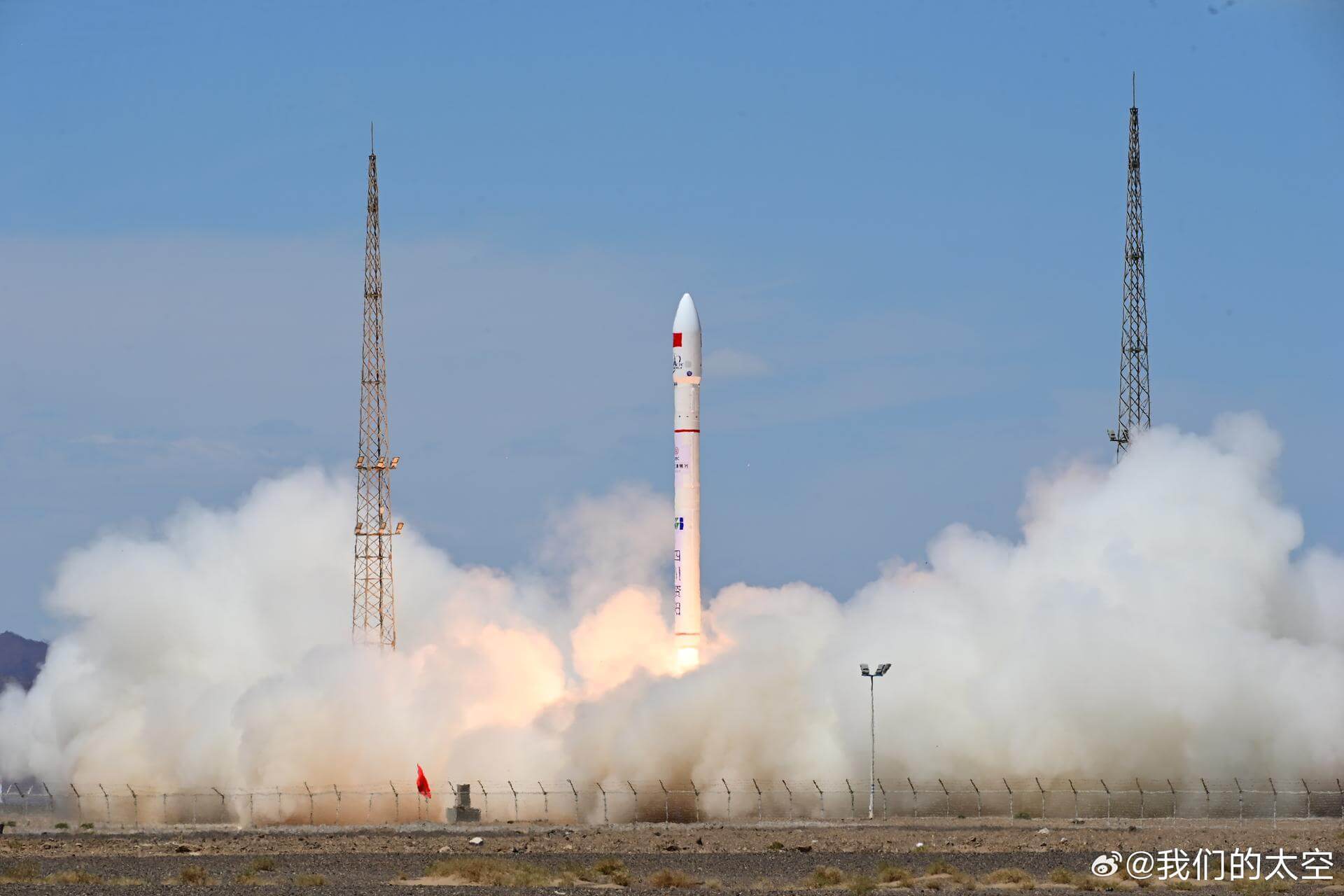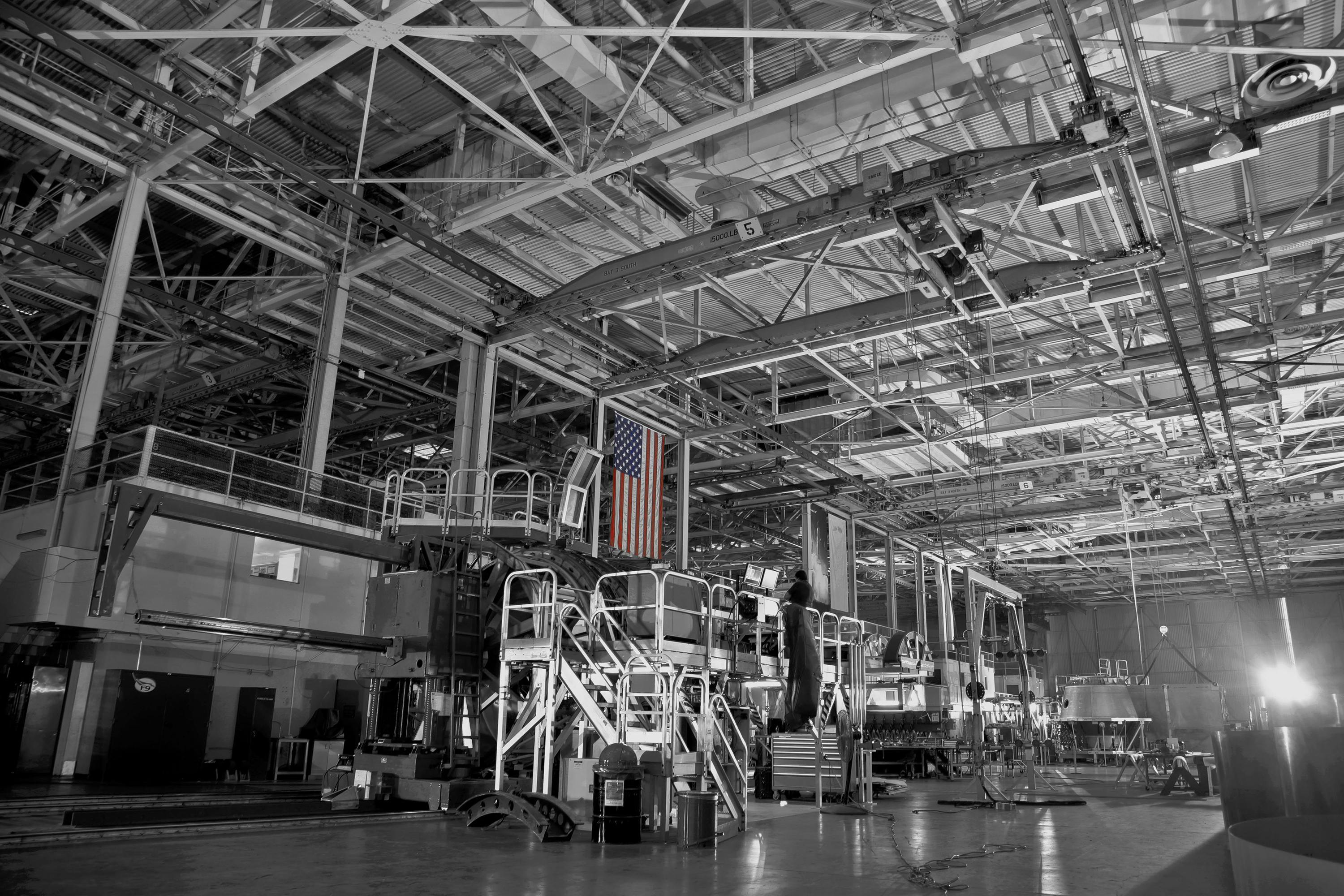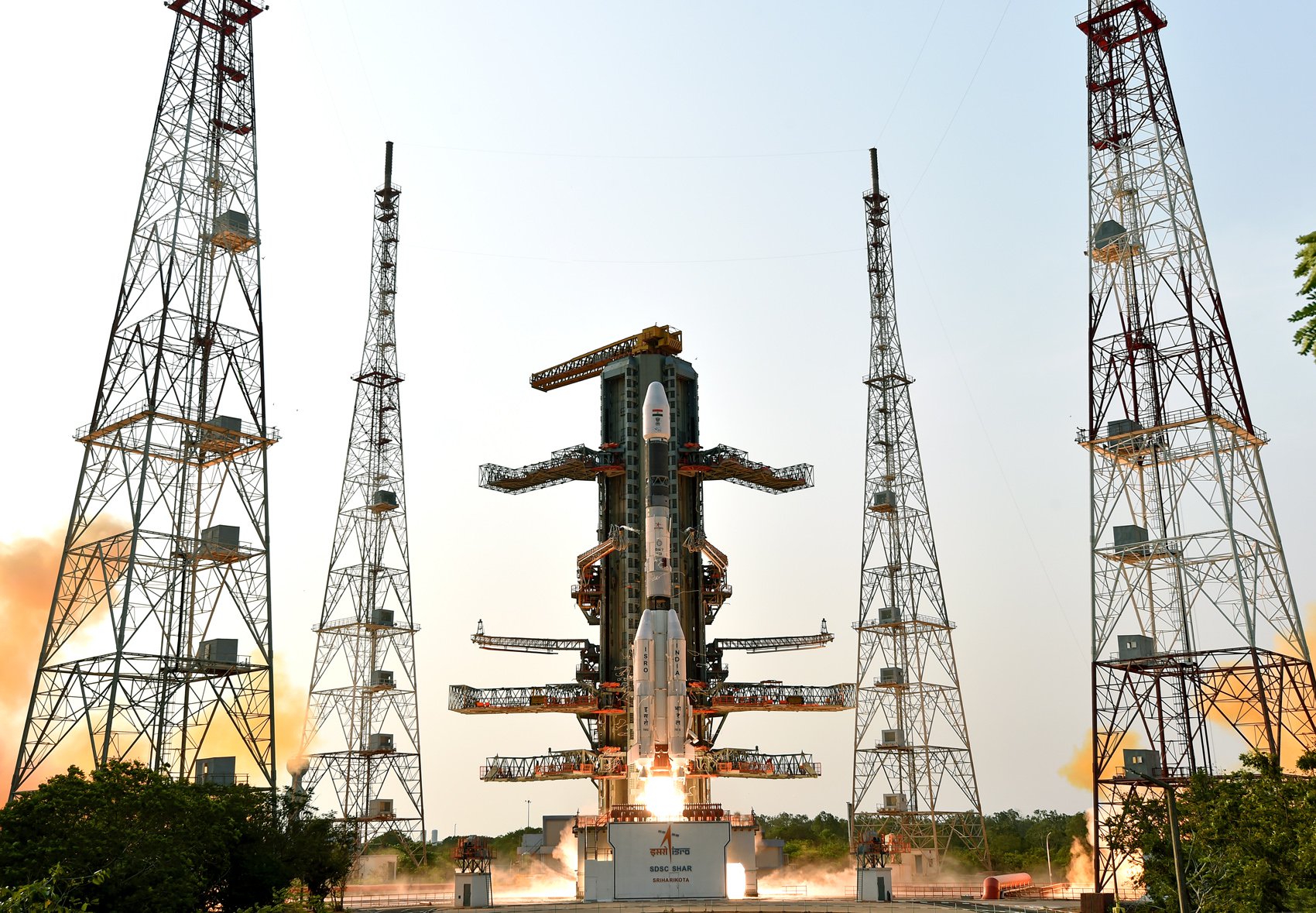· space brief · 4 min read
Space Brief 28 Jan 2025
Today's highlights include Space Force's budget shifts, China's new commercial lunar collaboration, and SpaceX's latest Starlink launch.

📄Top Stories
Today’s space news spotlights the U.S. Space Force’s strategic budgetary decisions, China’s new approach to lunar missions with commercial participation, and SpaceX’s recent launch of additional Starlink satellites. These developments reflect ongoing shifts and ambitions in space operations and technology.
📰Detailed Coverage
Space Force Adjusts Focus in Budget Proposal
The U.S. Space Force has removed funding for in-space mobility in its FY26 budget request, according to recent sources. This decision marks a notable pivot away from funding technologies critical for “dynamic space operations,” a term often used by U.S. Space Command to describe on-orbit maneuvering and satellite refueling capabilities.
This shift comes amid broader discussions at the upcoming Space Mobility Conference, raising questions about future strategic priorities. For satellite trackers and military strategists, this decision could influence how orbital logistics and satellite lifetime extensions are approached in the future.
Read the full story: Breaking Defense
China Welcomes Commercial Partners in Lunar Missions
In a historic move, China’s space agency is welcoming a commercial company into its lunar exploration mission for the first time. This step is seen as the beginning of increased commercial involvement in China’s ambitious space program, potentially broadening the scope and capabilities of future lunar missions.
By integrating commercial players, China aims to enhance its lunar mission capabilities, possibly anticipating international collaborations or competitions in lunar exploration. For satellite trackers and enthusiasts, this can signal new opportunities and challenges in monitoring lunar missions and technological innovations.
Read the full story: SpaceNews
SpaceX Enhances Starlink Constellation
SpaceX successfully launched 21 more Starlink satellites into orbit, continuing its mission to expand global internet coverage. The launch took place from Florida’s Cape Canaveral, marking another step towards SpaceX’s goal of deploying nearly 7,000 small satellites in low Earth orbit.
This launch underscores SpaceX’s role in transforming satellite technology and communications. For those involved in satellite tracking, these launches create opportunities to engage with real-time satellite mapping tools, such as our web app, to track SpaceX’s growing constellation.
Read the full story: Space.com
New SASC Leadership Eyes Defense Boost
The newly appointed chair of the Senate Armed Services Committee is advocating for a $200 billion increase in defense spending, focusing on modernization and acquisition reforms. This development could reshape how defense sectors, including space operations, allocate resources.
While not directly related to satellite launches, these broader defense efforts influence the space industry’s financial landscape, affecting satellite tracking and development priorities.
Read the full story: Breaking Defense
🛰️Satellite Spotlight
- Satellite Name: AYRIS-1
- NORAD ID: 56988
- Launch Date: 2023-06-12
- Mission: The specific mission details of AYRIS-1 remain unspecified, although it is utilized for experimental purposes as part of its Cubesat classification.
- Orbit: Inclination 97.5447°, Period 92.68 minutes, Eccentricity N/A
- Operator: NANAV
- Fun Fact: Launched from Vandenberg AFB on a Falcon 9 rocket, AYRIS-1 represents Lithuania’s pursuit of innovative satellite missions within a compact format.
Current TLE Data:
1 56988U 23084BJ 25027.91192335 .00111020 00000+0 17138-2 0 9998 2 56988 97.5447 159.4782 0008810 273.7848 86.2397 15.53699387 90714
Track this satellite in real-time on our web app: Track AYRIS-1
🚀 Upcoming Space Launches
January 28
- Blue Origin New Shepard:
- NS-29 from Corn Ranch, Van Horn, TX, USA (16:00 UTC) NS-29 will simulate the Moon’s gravity and fly 30 payloads, most of which focus on testing lunar-related technologies. This flight supports NASA and other lunar surface technology providers in preparation for lunar exploration.
January 29
- Indian Space Research Organization GSLV Mk II:
- IRNSS-1K (NVS-02) from Satish Dhawan Space Centre, India (00:53 UTC)
This satellite will replace a part of the Indian Regional Navigation Satellite System, providing military and civilian GPS alternatives.
- IRNSS-1K (NVS-02) from Satish Dhawan Space Centre, India (00:53 UTC)
January 30
- SpaceX Falcon 9:
- SpainSat NG I from Kennedy Space Center, FL, USA (01:34 UTC)
This satellite provides secure communications for the Spanish government and its allies.
- SpainSat NG I from Kennedy Space Center, FL, USA (01:34 UTC)
- SpaceX Falcon 9:
- Starlink Group 11-4 from Vandenberg SFB, CA, USA (23:32 UTC)
A batch of satellites for SpaceX’s Starlink mega-constellation to enhance space-based internet services.
- Starlink Group 11-4 from Vandenberg SFB, CA, USA (23:32 UTC)
February 1
- Mitsubishi Heavy Industries H3-22:
- Michibiki 6 (QZS-6) from Tanegashima Space Center, Japan (08:30 UTC)
Part of Japan’s QZSS satellite navigation system, enhancing GPS signal capabilities in urban and mountainous areas.
- Michibiki 6 (QZS-6) from Tanegashima Space Center, Japan (08:30 UTC)
February 3
- SpaceX Falcon 9:
- Starlink Group 12-3 from Cape Canaveral SFS, FL, USA (08:54 UTC)
Additional satellites for the Starlink internet constellation.
- Starlink Group 12-3 from Cape Canaveral SFS, FL, USA (08:54 UTC)
- Rocket Lab Electron:
- IoT 4 You and Me (Kinéis 16-20) from Rocket Lab Launch Complex 1, Mahia Peninsula, New Zealand (20:43 UTC)
Fourth batch of IoT satellites for the French Kinéis constellation.
- IoT 4 You and Me (Kinéis 16-20) from Rocket Lab Launch Complex 1, Mahia Peninsula, New Zealand (20:43 UTC)
- SpaceX Falcon 9:
- WorldView Legion 5 & 6 from Kennedy Space Center, FL, USA (23:41 UTC)
Earth observation satellites offering high-resolution imaging capabilities.
- WorldView Legion 5 & 6 from Kennedy Space Center, FL, USA (23:41 UTC)
February 11
- China Aerospace Science and Technology Corporation Long March 8A:
- Demo Flight from Wenchang Space Launch Site, People’s Republic of China (09:53 UTC)
Demonstration flight featuring upgraded rocket components with a payload that is yet to be determined.
- Demo Flight from Wenchang Space Launch Site, People’s Republic of China (09:53 UTC)
Note: Launch dates and times are subject to change due to technical or weather considerations.

Maurice Stellarski





